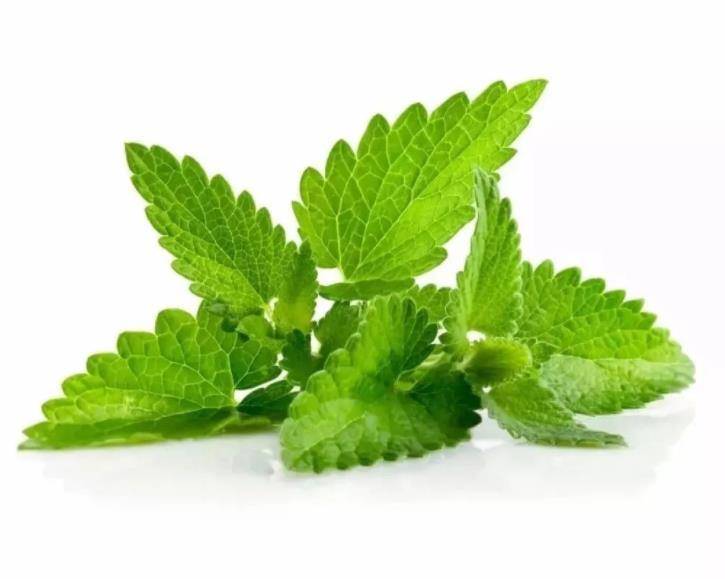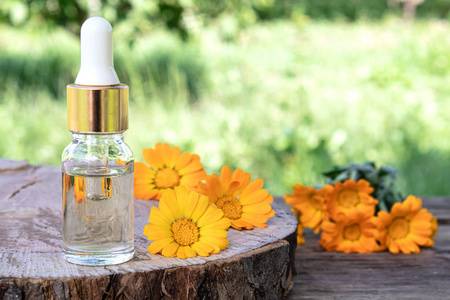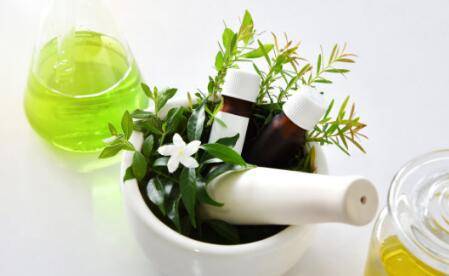List of Botanical Extract Ingredients for Skin You Can't Afford to Miss
The botanical extract active ingredients in natural cosmetics are mainly derived from plants and microorganisms, with plant active ingredients being the most widely used. It has been successfully applied in the fields of skincare, skin lightening and anti-aging. Botanical extract ingredients are natural substances extracted from plants with smaller molecules, which are easier to be absorbed and digested by the skin, and do not cause deposition in the body. At the same time, the long-term use of cosmetics containing plant extract ingredients has no side effects or few side effects. This is a list of Botanical Extract Ingredients For Skin you can't afford to miss.
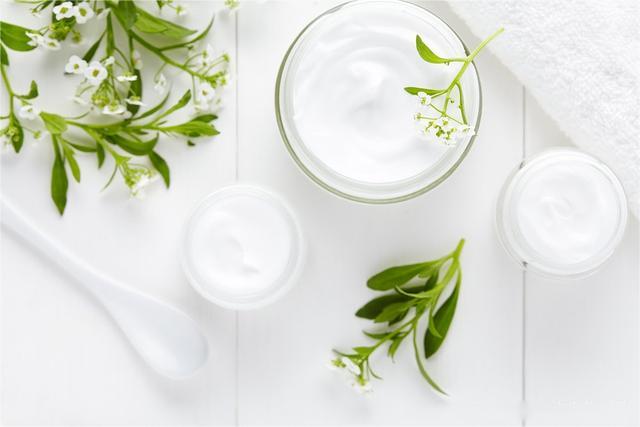
I. Anti-Aging Botanical Extracts Ingredients
With aging, the skin begins to show an aging state, including a decrease in the content of collagen, elastin and mucopolysaccharides in the skin to varying degrees. The blood vessels that supply the skin with nutrients shrink, the elasticity of the blood vessel walls decreases, the epidermis of the skin gradually thins and bulges, the subcutaneous fat decreases, and wrinkles, chloasma and age spots appear. The main reason for these phenomena is the increase of free radicals. Therefore, removing excessive free radicals from the body is an important way to solve the problem of skin aging.
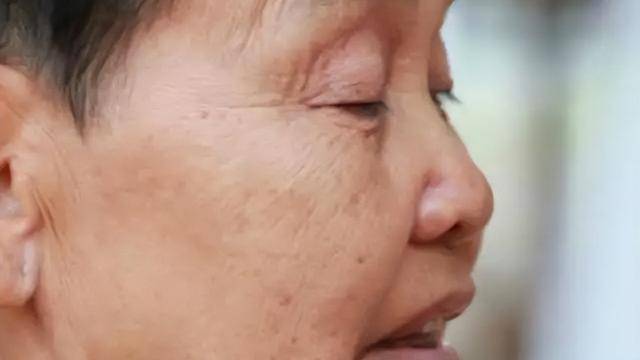
1.1 Proanthocyanidins
Proanthocyanidins (OPC) are polyphenolic compounds extracted from plants, and in grape seed extract, OPC content can reach up to 95%, which is internationally recognized as the most effective natural antioxidant for scavenging free radicals in the body, with very strong in vivo activity [5]. Experiments have proved that the anti-free radical oxidizing ability of OPC is 50 times that of vitamin E and 20 times that of vitamin C. Studies at home and abroad have shown that proanthocyanidins can resist free radicals, anti-aging, help the absorption of vitamin C and E, reduce ultraviolet damage, reduce melanin deposition, prevent the destruction of collagen fibers and elastin fibers, so that the skin maintains its proper elasticity and tensile strength, to avoid sagging skin and wrinkles. The anti-wrinkle, whitening, moisturizing and anti-radiation effects of botanical extract ingredient proanthocyanidins open up a broad prospect for them in the field of cosmetics.
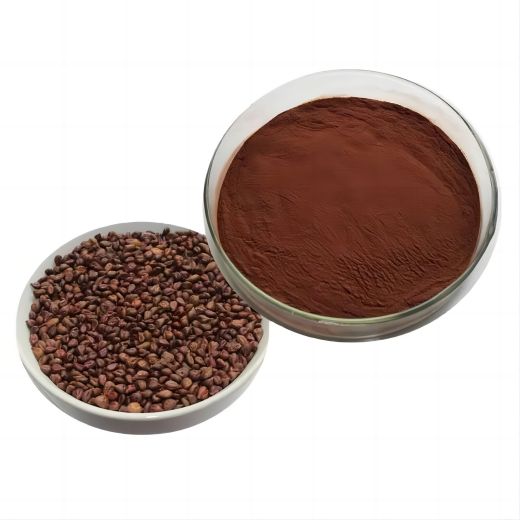
1.2 Plant Polyphenols
Plant polyphenols, also known as plant tannins, are complex phenolic secondary metabolites in plants with a polyphenolic structure. Common polyphenols include tea polyphenols, grape polyphenols, fruit peel polyphenols and so on. It is an antioxidant, eliminates free radicals, promotes cellular self-repair, and inhibits the roots of melanin. It can also achieve a whitening effect by absorbing ultraviolet rays. Through compounding, it effectively absorbs ultraviolet rays in the whole area and reduces the production of melanin. Skin darkening, freckles, brown spots and age spots are closely related to the increased activity of tyrosinase and peroxidase in the body. Tyrosinase plays a catalytic role in the metabolism of melanin cells in skin tissues, causing an increase in melanin secretion, and peroxidase catalyzes the decomposition of lipid peroxidation, which accelerates the aging of the skin. By inhibiting tyrosinase and peroxidase, botanical extract ingredient plant polyphenols can whiten the skin.
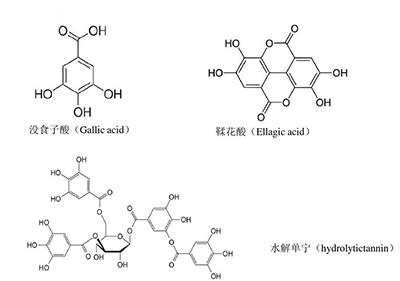
1.3 Tea Polyphenols
It is a new type of natural antioxidant. At room temperature and low concentration, tea polyphenol has strong antioxidant properties, which can block ultraviolet rays and scavenge free radicals induced by ultraviolet rays, thus protecting the normal function of melanocytes, and at the same time, it can inhibit the activity of tyrosinase and catalase in the cells, thus reducing the secretion of melanin and lipid peroxidation, and realizing the efficacy of blemish removal and cosmetic treatment.
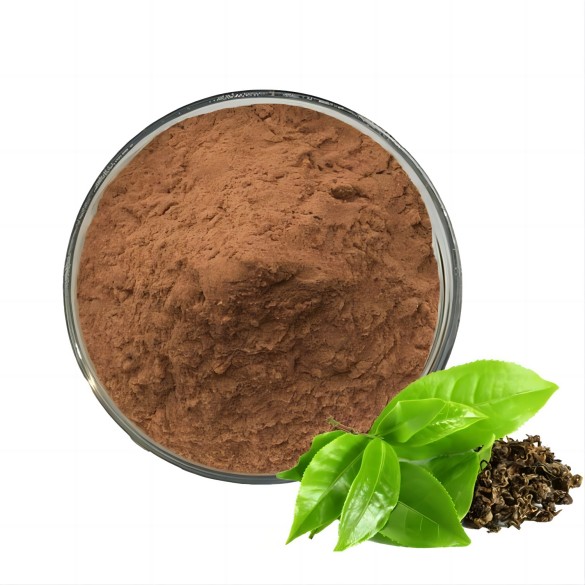
1.4 Grape Polyphenols
The natural plant polyphenols active substances extracted from grapes, widely present in the skin, seeds, and pulp of grapes. The polyphenol content in grape seeds is about 5%-8%. Grape polyphenols are mainly composed of oligomeric proanthocyanidins condensed from catechins and epicatechins. The botanical extract ingredient grape polyphenols have strong antioxidant properties, can resist free radical damage, effectively delay aging, and promote the role of metabolism.
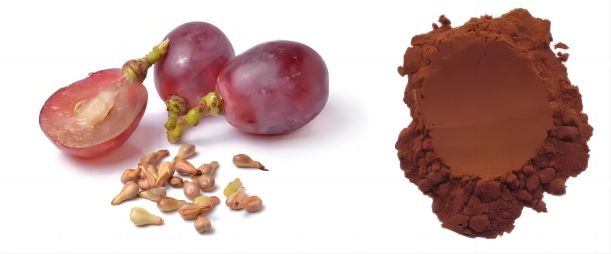
1.5 Apple Polyphenols
Apple polyphenols are an important class of naturally occurring biologically active substances, which are categorized into phenolic acids and their hydroxy acid esters, sugar derivatives and flavonoids. They can scavenge excessive harmful free radicals in the body, inhibit the auto-oxidation of unsaturated fatty acids in aqueous systems, prevent the photodestruction of carotenoids, prevent the destruction of water-soluble vitamins, and eliminate the activity of superoxide radical ions. In addition, the content of each major component varies with the maturity of the apple. The polyphenols in ripe apples are mainly chlorogenic acid, catechins and proanthocyanidins, while immature apples contain more dihydroxychalcone and flavonols.
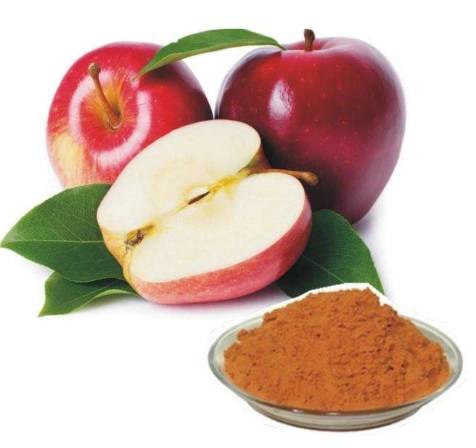
II. Moisturizing and Skin Repairing Plant Extracts Active Ingredients
The dryness of the skin due to the weakening of the epidermal barrier function is an important feature of skin aging. Skin moisturization is the result of a combination of two factors: the sebaceous membrane that covers the skin surface and inhibits water evaporation, and the natural moisturizing factors that are present in the keratinocytes. Collagen and elastin are two important types of proteins that make up the dermis of the skin. Collagen gives strength and toughness to the extracellular matrix, while elastin gives the skin its elasticity. Aging skin has a decreased ability to synthesize collagen and elastin, and collagen fibers become thicker with abnormal cross-links, resulting in decreased skin elasticity and increased wrinkles. Therefore, an important way to solve the problem of skin aging is to moisturize and repair the skin barrier function. Hyaluronic acid added to anti-aging cosmetics is a typical representative of moisturizing and skin barrier repair function.
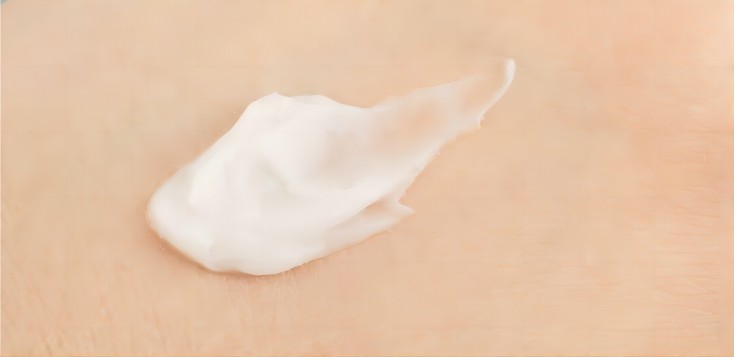
2.1 Hyaluronic Acid
Hyaluronic acid (HA) is a macromolecular mucopolysaccharide consisting of D-N-acetylglucosamine and D-glucuronic acid as structural units. Hyaluronic acid extracted from Aloe vera is a plant-based moisturizing and soothing agent. Studies have shown that the carboxyl group and other polar groups in the HA molecule can form hydrogen bonds with water and bind a large amount of water, thus retaining water in the skin tissue. Its theoretical water retention value is more than 500ml/g, and the actual water retention value in connective tissue is about 80ml/g. In addition, HA and sulfated mucopolysaccharides and collagen, elastin and other fibrous proteins together form a large amount of water-containing extracellular colloidal matrix, which becomes the material exchange medium for cell metabolism. This water-containing colloidal matrix makes the skin flexible and elastic and makes the skin smooth and tender.[6] Hyaluronic acid can also promote the proliferation and differentiation of epidermal cells, and prevent and repair skin damage.HA can also prevent the production of some enzymes in the cells, reduce the formation of free radicals, and play an important role in preventing free radicals from damaging the structure of the cells, generating lipid peroxidation, and causing the aging of the body.
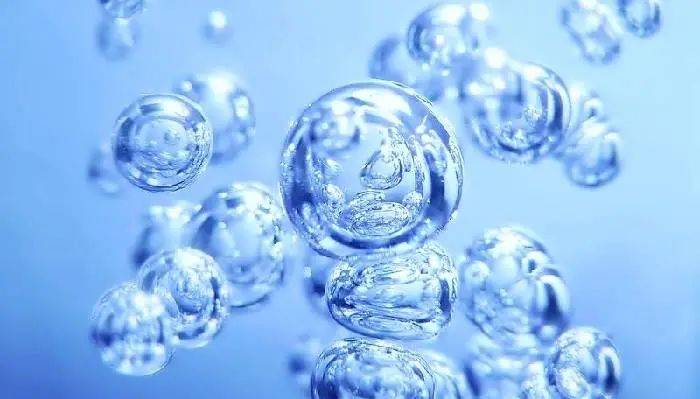
2.2 Vitamin E
Vitamin E is a fat-soluble vitamin, also known as tocopherol, which is one of the most important antioxidants. Wheat germ oil and rice germ oil in wheat germ and rice germ contain very high levels of vitamin E, which is a high quality emollient. Studies have shown that vitamin E stabilizes the protein-active structure of cell membranes, promotes normal muscle development and maintains the elasticity of the skin so that the skin and the body can maintain vitality; at the same time, vitamin E can also enter the skin cells and directly help the skin to fight against free radicals, ultraviolet rays and pollutants, preventing the skin from losing its elasticity and aging due to some chronic or hidden injuries.
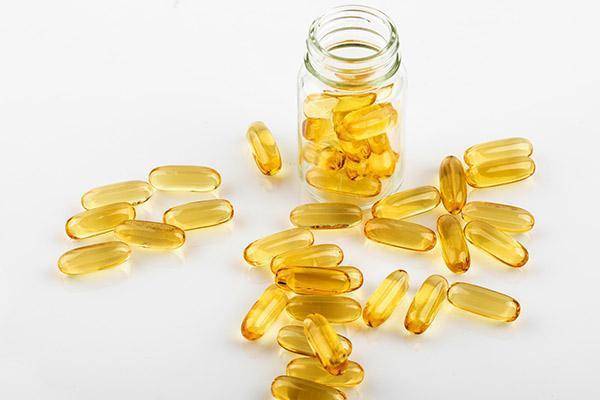
III. Skin Lightening Botanical Extracts Active Ingredients
Melanin is the most important pigment that affects the whiteness of the skin. Inhibiting the production of melanin is naturally the most important ultimate goal of whitening products. Melanin is generated in melanocytes, which exist in the basal layer of the epidermis of the skin, so these functional ingredients must penetrate into the skin to reach the basal layer in order to play their role. Natural plant extracts can penetrate deep enough into the skin to inhibit melanin production and effectively whiten the skin.
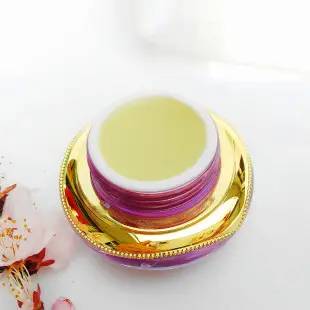
3.1 Arbutin
β-Arbutin, chemically known as 4-hydroxybenzene-β-D-glucopyranoside, is a natural active substance isolated from plants, which can quickly penetrate into the skin, effectively inhibit the activity of tyrosinase in the skin, block the formation of melanin, reduce the amount of melanin in the cells, and reduce the pigmentation of the skin, so as to get rid of pigmentation and freckles. β-Arbutin is the most popular and safe and effective whitening ingredient today. The botanical extract ingredient β-Arbutin is the most safe and effective whitening raw material popular today. Therefore, it is clinically used to whiten the skin, lighten spots, repair dull and uneven skin tone, prevent freckles, even improve sunburn marks and regulate the process of pigmentation.
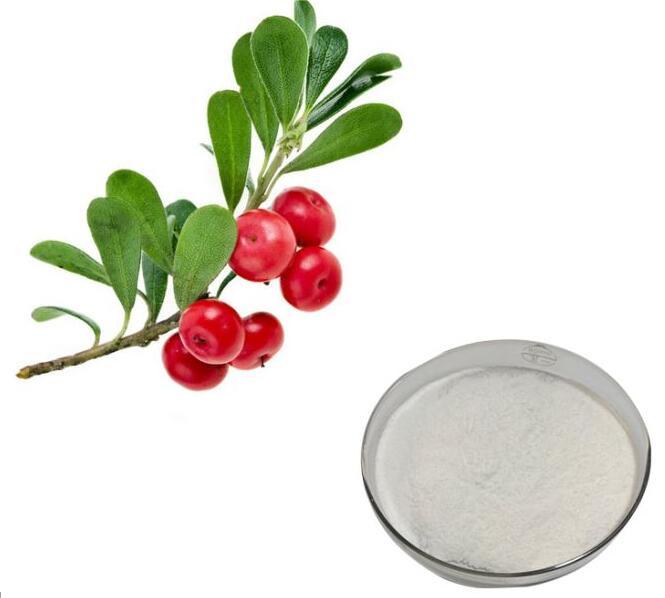
3.2 Plant Flavonoids
Flavonoids are mainly found in plants and have the effects of removing free radicals from the skin, promoting metabolism, reducing melanin deposition, and moisturizing the skin. Glycyrrhiza glabra flavonoids extracted from licorice have various effects in cosmetics. Zhang Zhidong et al. showed that licorice flavonoids can penetrate deeply into the skin and maintain high activity, effectively inhibiting the activity of various enzymes in the process of melanin formation[3]. At the same time, licorice flavonoids can also prevent skin roughness and anti-inflammatory effects[4]. Therefore, it is a multifunctional plant whitening ingredient worthy of further research and development.
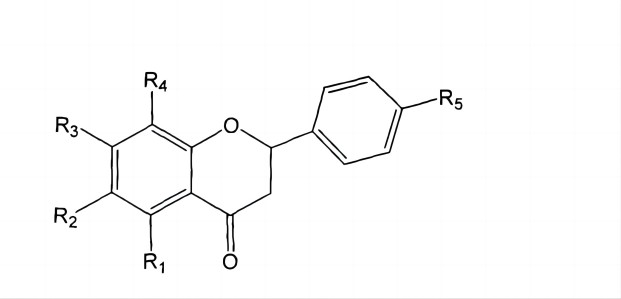
IV. Sunscreen Plant Extracts Active Ingredients
The essence of natural skin aging is the imbalance between skin cell proliferation, differentiation and cell aging, apoptosis, so promoting new skin cell proliferation, and apoptosis of aging cells, that is, promoting cell metabolism is an important way to solve the problem of natural skin aging. In addition, the ultraviolet rays of the sun are also the main cause of skin aging. UV irradiation can cause skin erythema and delayed melanin deposition, destroying the skin's moisturizing ability, and making the skin rough and wrinkled, so the use of sunscreen cosmetics containing UV scattering and absorbing agents has also become an effective means of protecting the skin from UV damage.
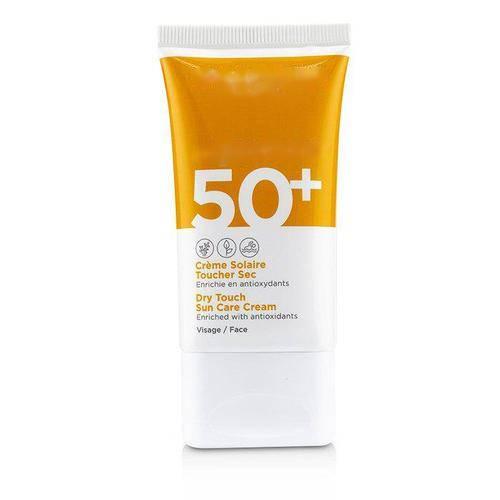
4.1 Fruit Acid
Fruit acids (AHA) are acids extracted from natural fruits and vegetables, which can effectively penetrate pores, control various skin diseases, help the shedding of keratinized cells from the epidermis, promote the production of new cells, metabolize melanin, improve roughness, and make the skin glossy, smooth and tender. It has been reported that different concentrations of fruit acids can reduce the cohesion between epidermal keratinocytes, remove aged keratin, improve roughness, dullness, and tone the skin. However, fruit acids can also irritate the skin, making it thinner and vulnerable to UV damage.
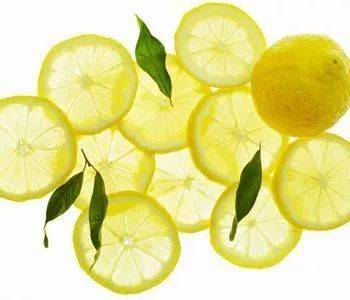
Precautions
In recent years, reports of adverse reactions to cosmetics have been common, and the safety of cosmetics has received widespread attention from consumers. As a result, domestic and foreign researchers have turned their focus to utilizing the active ingredients in plant extracts for cosmetic research and development. Plant extract cosmetics are not absolutely safe, and consumers should also make choices based on their individual skin conditions when using them.
Reference:
[1] Jiang Yinfeng. Progress of Research on Skin Aging and Anti-Aging Cosmetics[J].The 7th Proceedings of the Seminar on Cosmetics China 2008,228-232.
[2] Zhang Jian-You, Fang Yan-Yan, Wu Xiao-Qin, Zhang Ying. Research Status and Development Prospect of Natural Active Whitening Cosmetics[J]. Fine Chemical Industry,2008(1):27-31.
[3] Lin Chunmei, Zhang Xiaodong, Guan Hongyi. Development of Whitening Cosmetic Raw Materials and Their Mechanism for Eliminating Spots and Whitening[J]. Occupation and Health. 2003(8):98-99.
[4] Chen Qingxi, Lin Jianfeng. Research Progress of Tyrosinase Inhibitors[J]. Journal of Xiamen University. 2007(2):274-280.
[5] Wei Yanfeng, Hu Wenxiao, Yuan Xinhua. Functions and Applications of Grape Seed Extract Proanthocyanidins[J]. Chinese and Foreign Grapes and Wines,2005(3):64-65.
[6] Li Jing,Zhao Huiling,Zhang Jinliang. Application of Hyaluronic Acid in Cosmetics[j]. Journal of Hengshui College,2005(3):29-31.


 English
English French
French Spanish
Spanish Russian
Russian Korean
Korean Japanese
Japanese
